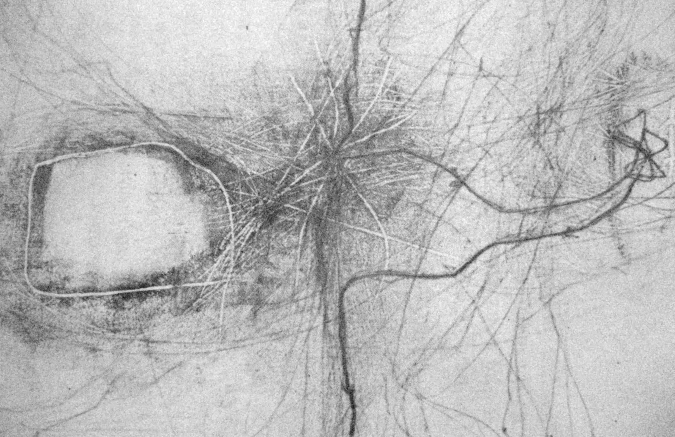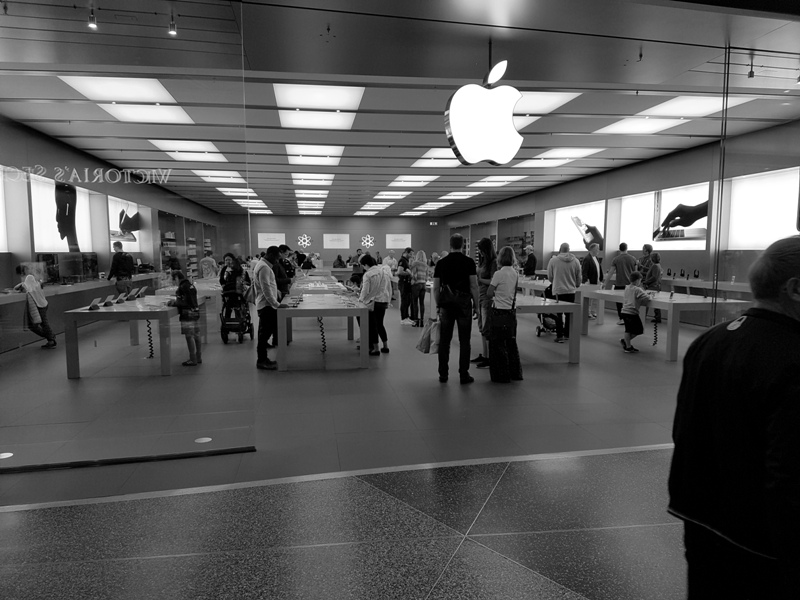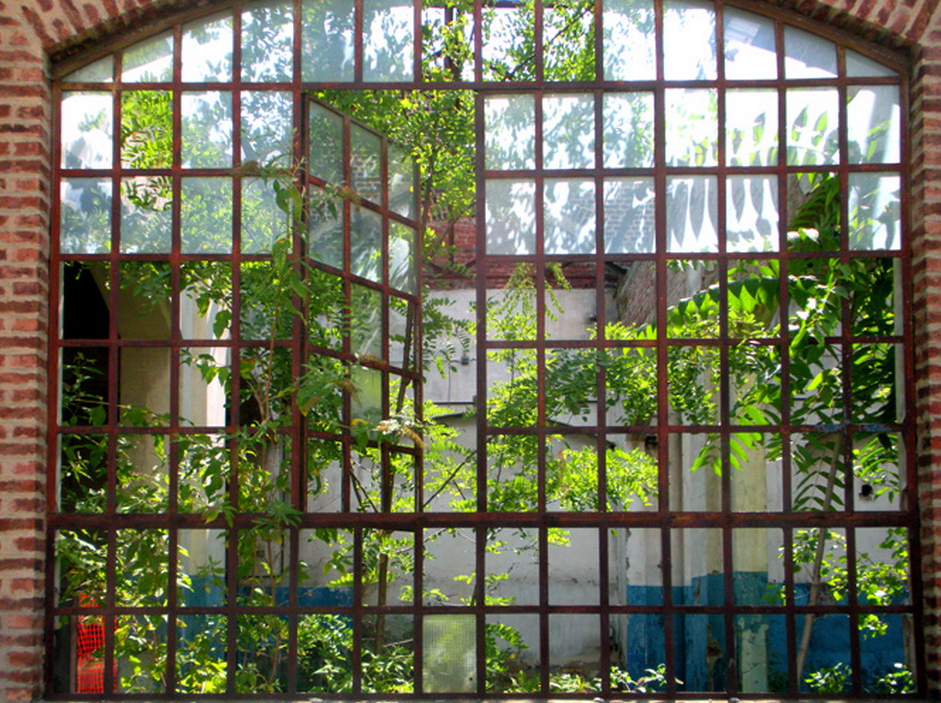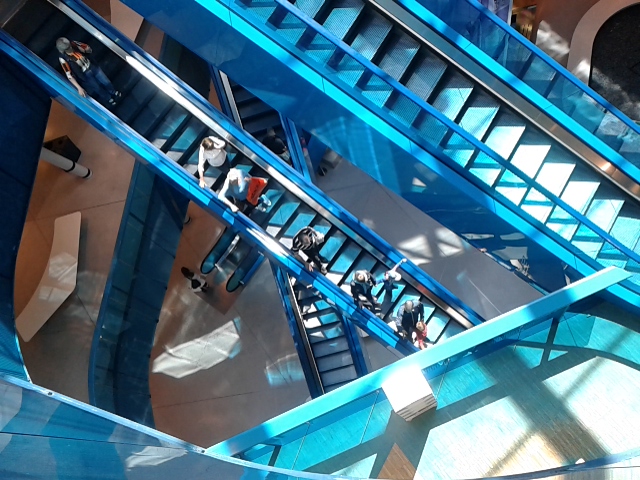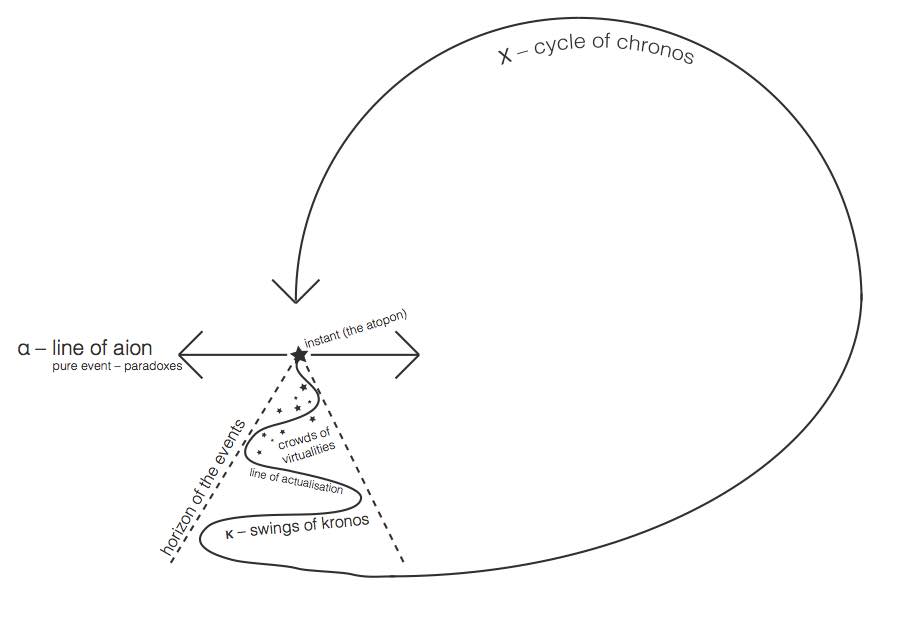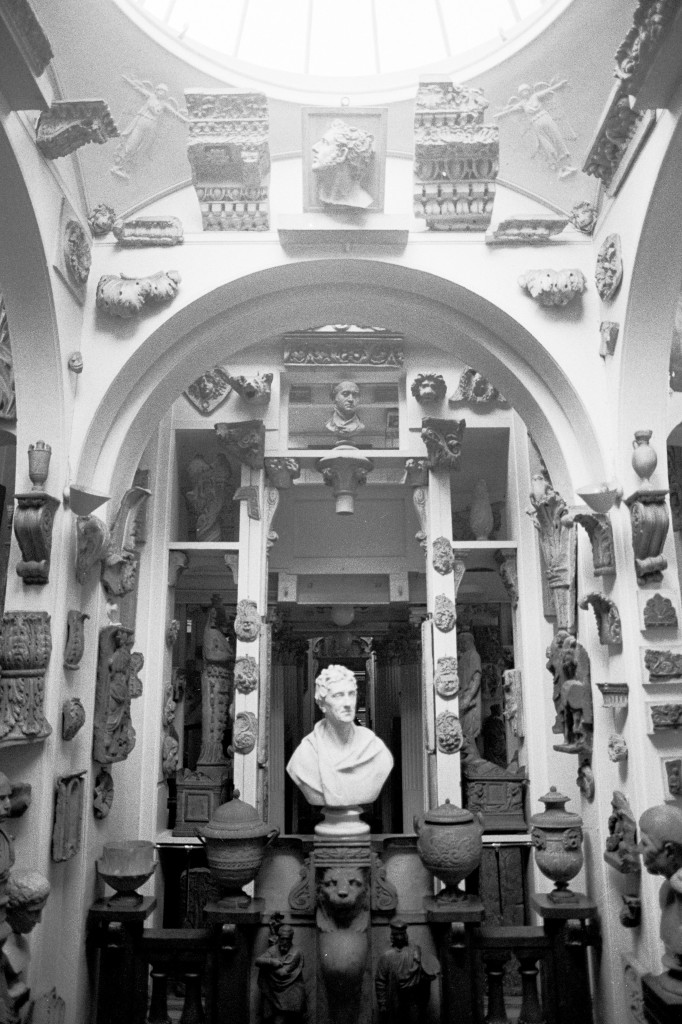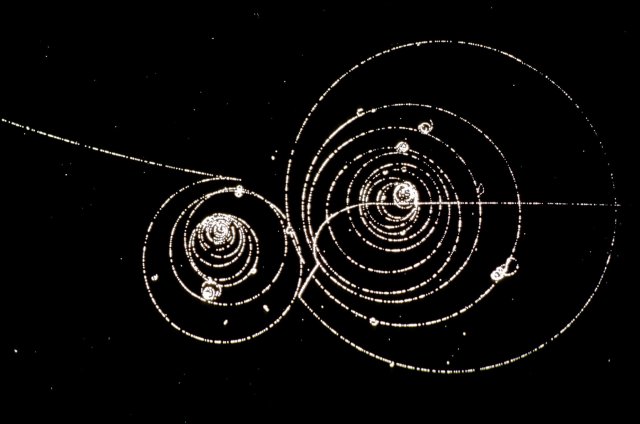Conceptualizing social life through topological folding, braid operators and collapse functions
Abstract. Social intensiology is outlined here in its connection to morphogenesis. the latter aims to explain how form come into existence, just as the former seeks to tackle the intensive states of social life. A topological reference model is proposed for conceptualizing how social life operates immanently with saliences and pregnances. The paper starts from the famous Collatz conjecture, and reviews how it has been recently modelled by Danail Valov using braid groups and including thermodynamic irreversibility into the picture. A ‘Valov braid’ can be understood as a manifold, an entity that is, at the same time, individual and collective. Its collective structure can be reconstructed, through its operational logic, as a tensional field. An attempt is made to show how phenomena of memory and measure are intertwined with the braid’s developments, giving rise to a rich present, multi-faceted that lives in non-coincidence. Within such framework, rhythmanalysis is presented as a useful tool for assaying and experimentally improving social life.
Keywords: social theory; social modelling; topology; braid groups; rhythmanalysis
>>> draft available upon request

